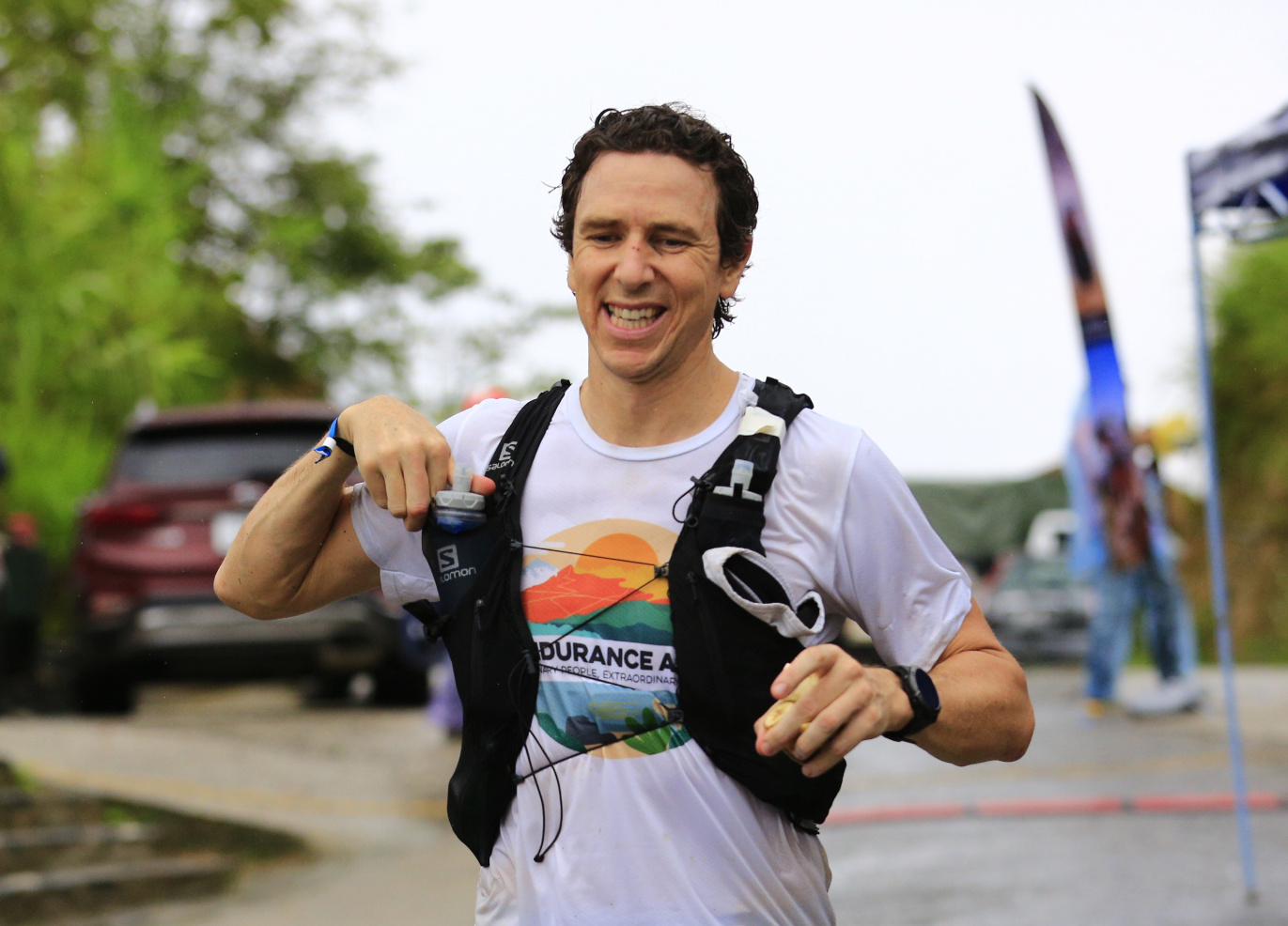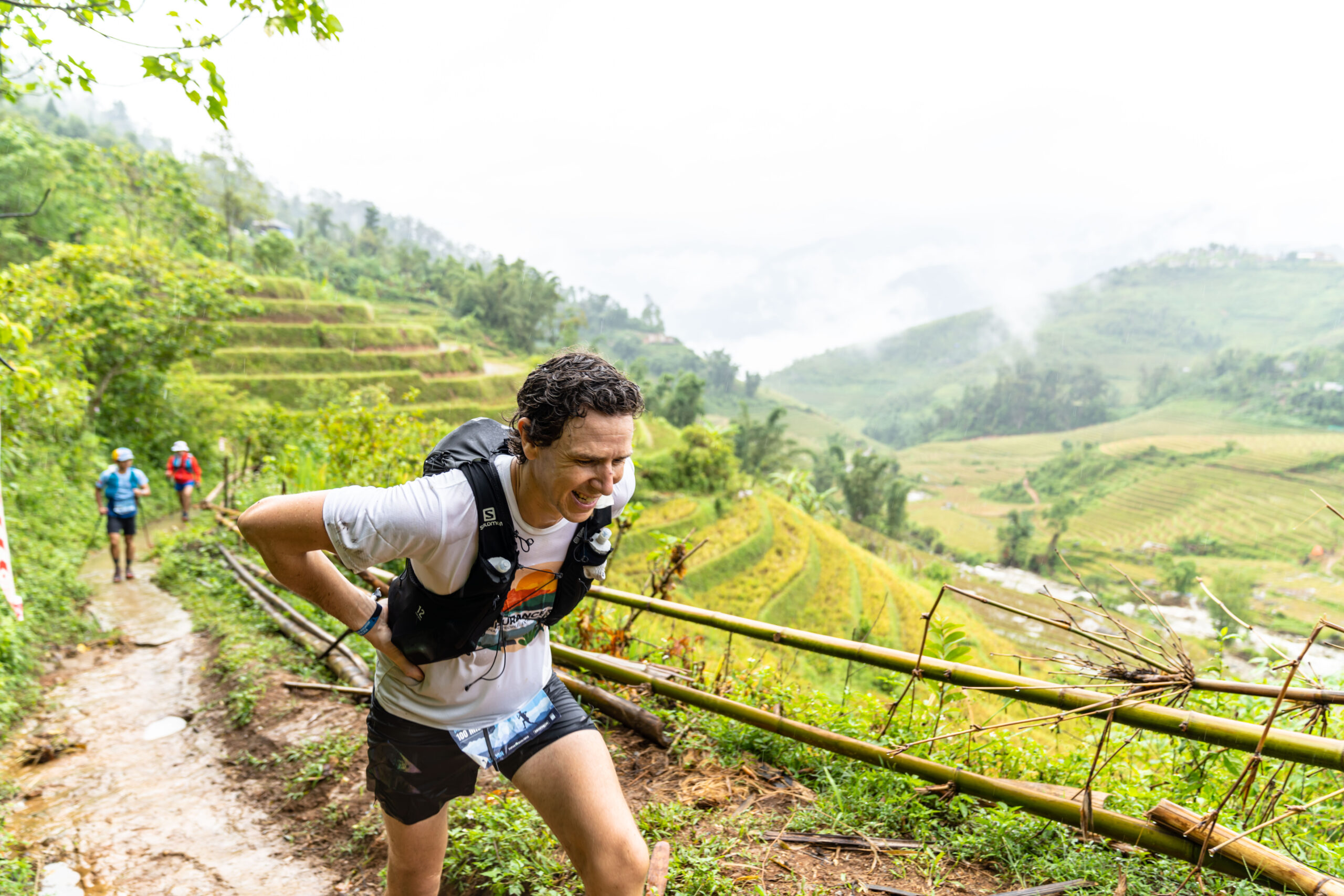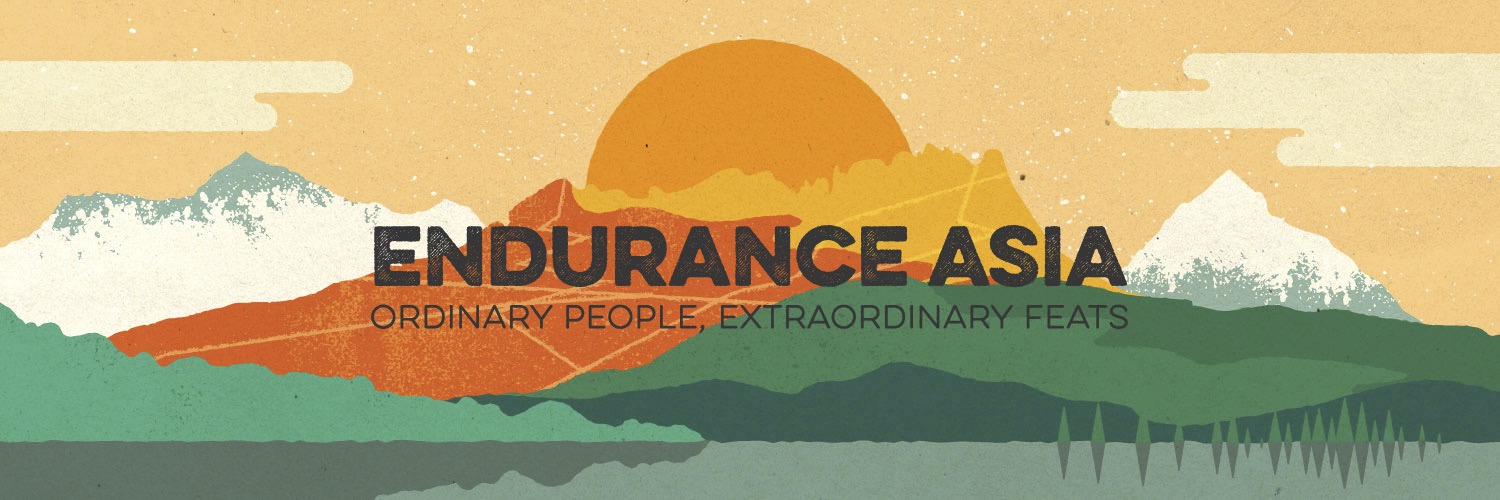- Menu
-

- Vietnam Trail Marathon
- Vietnam Ultra Marathon
- Vietnam Jungle Marathon
- Vietnam Mountain Marathon
- NEWS
-
VMM Q and A: Endurance Asia’s Scott Pugh
Scott Pugh is co-founder and host of Endurance Asia podcast which features some of the very best endurance athletes in the Asia Pacific. He is also an endurance athlete himself with plenty of big accomplishments, including the VMM 100 miles. This year VMM partners with Scott and Endurance Asia, so you will see him on stage at the race. Read on to find out some of the lessons Scott has learned from his guests, from his own experience and more…


Of all the ultra challenges you have featured on the Endurance Asia podcast, what is the one you personally have found the most extreme?
A difficult one to answer! One is Mayank Vaid who completed the first and only Everestman triathlon (8.8k swim followed by Everesting on bike and foot), among many other amazing accomplishments.
We have had Grant Axe Rawlinson who has climbed many high altitude mountains including Everest and is the first known person to have rowed from Singapore to Australia.
But one of my favourite guests, one of Asia’s best ultra runners and my running coach, Tomokazu Ihara. He’s on a quest to run 100 miles 100 times and has completed 69. He’s run Barkley Marathons 4 times, completing 2 fun runs (3 of the 5 laps). It’s undoubtedly the hardest foot race in the world and hearing his journey and obsession with the challenge is truly inspiring.
What are some of the main racing and training lessons you have learned from your podcast guests?
I’ve learned so many lessons from guests of Endurance Asia Podcast about training and performing in ultra running. Some of the best include:
- Aim for a high volume of training at Zone 2.
- Pacing when racing! Go out easy in races and hold to your zone 2 and push later in the race if you have anything left in the tank. Don’t run up hills at the beginning that you won’t be running up at the end.
- Be consistent. Run every day if possible. Use your commute to work as a run to fit around work and family life.
- Don’t forget your tempo sessions. Even though we run long distances, improving your VO2 Max will improve your overall performance and your running efficiency.
- Get a coach. If you can afford it. You invest money entering and traveling to races as well as a lot of timing training. If you have a coach to build a specific training plan and most importantly hold you accountable, this will increase your likelihood of success and save you money having to travel back the next year to make up for a DNF! If you can’t afford a coach, get a friend who is also training for a similar race. Build a plan together and hold each other accountable to completing each and every session.
You’ve done plenty of massive challenges yourself, including Everesting on foot and 100 milers such as VMM 100miles. Of all of them, what has been your single biggest challenge to date?
My toughest challenge has without a doubt been HK4TUC, Four Trails in Hong Kong that I have now DNF’d twice and is the only race I have DNF’d.
Like Barkley Marathons with Tomo (who has finished HK4TUC twice), I’m obsessed with this challenge. Having lived and raced in Hong Kong for 6 years, I believe it to be the best trail running city in the world and HK4TUC encapsulates everything that is amazing about the city. Look out for the documentary Four Trails in the near future and check out our podcast with the challenge Director André Blumberg.


What are some of the lessons you have learned from your own experience in races?
After every race, whether it is a successful one or not, I like to write down a debrief, simple learnings, what went well, what could be improved. Every single race is an opportunity to learn and grow and perform better in future.
In my last race, which was H1 in Philippines, I ended up getting terrible blisters: 7 on each foot which were debilitating for the final 30k of the race and caused me to get overtaken in the final 5k and miss out on a podium spot.
In future I would pack a change of shoes in addition to the change of socks in the drop bag as well as a blister kit to drain and patch blisters properly.
I know from adventure racing over 5-6 days, you must take care of your feet or it could end your race but haven’t been as cautious in ultras as you are mostly done in a day. As soon as you get a “hot spot” on your foot, it is worth stopping, and applying cream to the area. Gurney Goo or Sudacrem are two of the best solutions you should carry at all time. It may feel like it is wasting time stopping to tend to your feet but it could save you hours in the long run.
A difficult question I am sure, but can you pick a couple of favourites from your Endurance Asia interview archive for our readers to check out?
A really difficult one to answer, we’ve had so many amazing people on. Adventure Racing is the sport that I enjoy most and having Nathan Fa’avae the leader of Team Avaya and the most successful adventure racer in history was pretty special off the back of their win at Eco Challenge which was featured on the World’s Toughest Race series on Amazon Prime.
Also Ryan Blair the Director of the North Face Adventure Team is an amazing story. A true adventurer at heart and an accomplished trail runner and adventure racer in his own right. He has assembled an amazing group of athletes.
Memories of an epic weekend up in the Vietnam hills in Sa Pa for the Vietnam Mountain Marathon. VMM Race Director chats to Endurance Asia podcast about the race.


